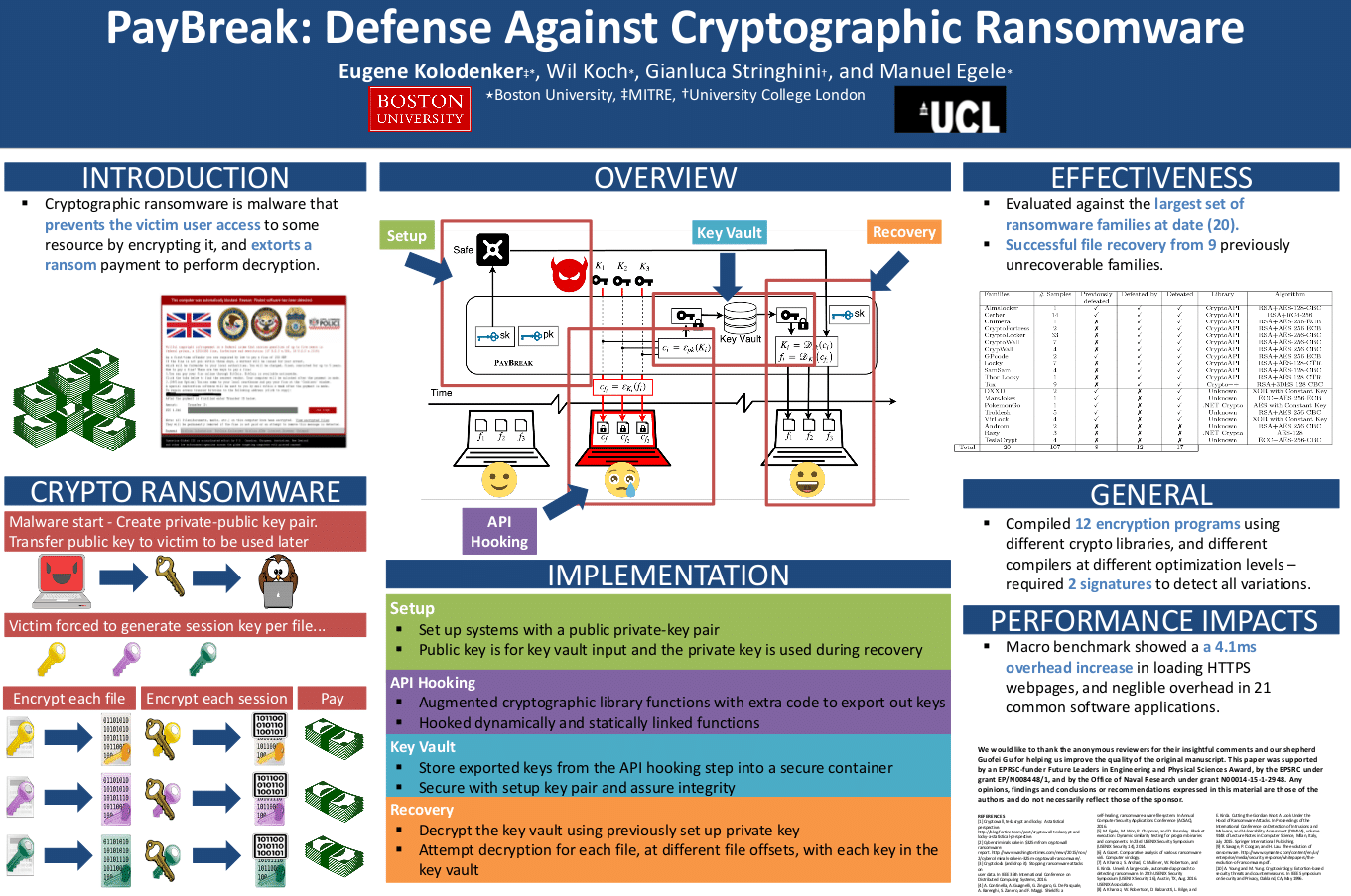
In a collaborative effort, Microsoft and Google recently unveiled a report highlighting a concerning trend – over 70% of the disclosed bugs in their systems were linked to memory safety issues. Furthermore, a substantial majority of the 88 discovered zero-day exploits were also attributed to these persistent memory safety concerns. While it’s crucial to distinguish between bugs and vulnerabilities, the interconnected nature of these issues underscores a deeper problem in the realm of cybersecurity.
Memory Safety Through the Ages
The roots of memory safety issues trace back to the dawn of computing, with the first reported stack buffer overflow emerging in 1988. Despite their long existence, the question arises: why do memory safety problems persist? The simple answer lies in the reactive measures adopted over the past 30 years, focusing on detecting and addressing individual exploits rather than tackling the broader class of vulnerabilities. The true solution requires a comprehensive understanding of the motivations and influences shaping the private sector and the cybersecurity industry.
Understanding Programming Languages
A key distinction lies between non-system languages (e.g., Python, Java, Javascript) and system languages (e.g., C, C++). Non-system languages prioritize ease of development but may still be vulnerable through their interpreters. On the other hand, system languages offer more control over program contexts, making them popular for safety-critical applications. Recent developments in memory-safe system languages like Rust and GoLang present promising solutions, albeit with a projected mainstream adoption timeline of 15 to 20 years.
Types of Memory Safety Bugs
Memory safety bugs are broadly categorized as spatial and temporal. Spatial bugs involve memory accesses beyond normal bounds, such as stack-based buffer overflows. Temporal bugs relate to memory accesses that were valid at one point but become invalid later, potentially leading to security breaches. Understanding these classifications is crucial for developing effective mitigation strategies.
Barriers to Memory Safety Mitigation
While memory-safe system languages offer a long-term solution, widespread adoption faces significant barriers. Companies lack financial incentives to redevelop software, cybersecurity vendors often prioritize reactive approaches, and a lack of awarenessregarding lower-level program activity further complicates matters. Additionally, existing security vendor monitoring may not adequately address the evolving landscape of memory safety threats.
Recommended Solutions
Acknowledging the financial considerations and barriers to adoption, several cost-effective strategies are proposed for mitigating memory safety bugs:
1. Increase Developer Awareness: Enhance education on low-level programming languages to empower developers and security teams with a deeper understanding of potential memory issues.
2. Incorporate Proactive Protections: Integrate proactive security products addressing common attack techniques rather than focusing solely on specific attack fingerprints. This approach enhances protection against unknown attacks and reduces downstream costs.
3. Strive for Deterministic Protections: While redesigning legacy applications may be impractical, consider using memory-safe system languages like Rust and GoLang for future development to guarantee the absence of memory safety vulnerabilities.
Conclusion
The persistent challenge of memory safety bugs demands a proactive and comprehensive approach. By understanding the historical context, types of bugs, and barriers to mitigation, the cybersecurity industry can work towards sustainable solutions. Increasing awareness, incorporating proactive measures, and embracing deterministic protections for future development are critical steps in building a resilient defense against the ever-evolving landscape of memory safety threats.
How Arms Cyber Can Help
The Arms Cyber ransomware solution employs a comprehensive, multilayered defense-in-depth approach that combats ransomware at every stage of execution. Utilizing a mix of cutting-edge strategies, traditional defenses are transformed into a moving maze, designed to disorient and effectively disrupt even the most advanced attackers. From initial intrusion, through attempts at evasion, to malicious payload execution, Arms Cyber identifies and neutralizes ransomware threats earlier and more effectively compared to signature-based and behavioral methodologies.







